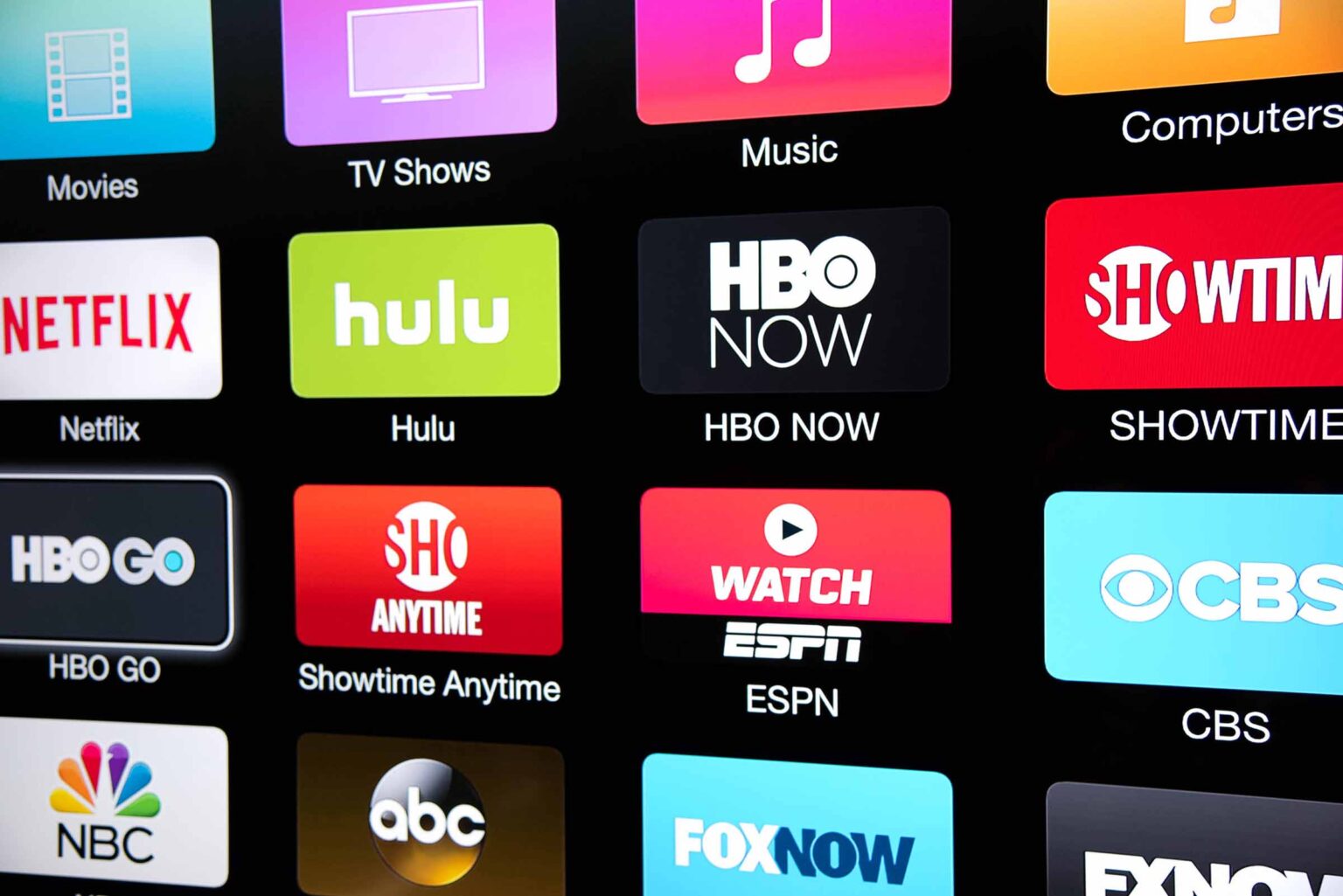
The four types of streamer: A study done by Hulu and Disney
Disney is one of the biggest media companies out there these days owning more production companies than we care to count, multiple streaming services, and countless popular movie & TV franchises, and a lot more television channels than you likely realize.
Hulu is just one of the streaming platforms Disney now has control over, and the entertainment giant partnered with their subscription-only service to look at the data on who is watching TV, what their watching habits are like, and even what seems to motivate them to do so. This was done with a 2,500 person survey, and the results were compiled into a 19 page report.
The results of the Hulu project are interesting, not just for people running streaming platforms – though it’s probably very useful for planning future content – it’s also interesting to see where you land in the world of binge watchers. It turns out, most people can be put into one of four categories when it comes to their entertainment streaming habits.

The classic streamer
23% of people who use streaming platforms to obtain content are considered classic streamers. These people still adhere to appointment viewing – the concept of watching a TV show at a set time & usually with the same people.
These streamers still watch an episode or two at a specific time or as part of a daily routine. These people often do this with friends and family too, not alone.
The biggest difference is that rather than racing to make sure you get to your TV at the top of the hour to catch the beginning of the newest episode, these viewers can now decide when, where, and what they’re watching.

The therapeutic streamer
The majority of people are considered therapeutic streamers. In fact, 43% of people fall into this category. People who are therapeutic streamers are watching TV to relax, chill out, and escape the everyday.
Their content choices are reflective of things which will help them “decompress, reminds them of childhood, or helps them lightly reflect”.
These viewers are also more likely to be watching alone, call themselves introverts, and enjoy staying home.

The indulgent streamer
21% of streaming platform users fall into the indulgent category. This is the category for hardcore binge watchers. These people become fully invested in the content they’re consuming and are perfectly comfortable spending an entire day or weekend plowing through one or more seasons of a show.
Indulgent streamers are also usually watching alone – partially because this group is statistically more likely to live alone. This would make it a lot easier to make it through hours upon hours of content uninterrupted.
What’s truly interesting, and feels like a random factoid, is that these streamers also are 25% more likely to call themselves intellectual, which growing up would not be what our parents called people who sat & watched TV all day.

The curated streamer
The final category is the curated streamer. The last 13% of users fall into this category. These people are far more selective about what they watch and are usually doing so with a social crowd in mind.
Curated streamers more frequently select content which could be called “intelligent, niche, and/or global”. Their choices reflect a desire to enter cultural conversations with other people of similar entertainment interests.
These people are more likely to follow influencers on social media platforms and are 27% more likely to admit they’re influenced by pop culture. This group also often skews younger toward gen z, but has an equal balance of men and women.

Other interesting information
The 19 page joint study from Hulu & Disney, while finding an interesting way to break up demographics into four new types of categories, also found some other interesting factoids on everyone’s watching habits. Including the fact that over 90% aged 13-54 use a minimum of one streaming service.
For example the majority of people who turn on streaming content aren’t actively engaging with the content. 66% of people turn on the TV, laptop, or phone to chill out and unwind. The other 34% of people are fully immersed and actively thinking about the content on the screen.
Another interesting tidbit is that most people (64%) are watching television alone. They enjoy the personal experience of watching what they want to, whenever they want to, without having to pause for someone else’s pee-break, or for someone to come home before turning a show on. Or heaven forbid, having to explain what’s happening to someone who zoned out for a few minutes looking at Twitter.

The other 36% of people said watching TV and movies is social for them. They prefer to watch with others so they can talk about it afterwards. (We secretly suspect they’re also talking while watching, but the report doesn’t mention this.)
Other social seekers really enjoy watching shows to talk about it with friends and family or to create community. The report doesn’t actively say the word fandom, but that’s exactly what’s being described. One person is quoted in the study saying, “I want to discuss it with my friends and hear their thoughts as though we’re in a book club. A show club. I don’t want to feel left out from these conversations.”
—
So, where do you fit when it comes to the four streaming categories? Do you fit really well into one of them or are you a combination of what’s mentioned? Let us know in the comments below.



